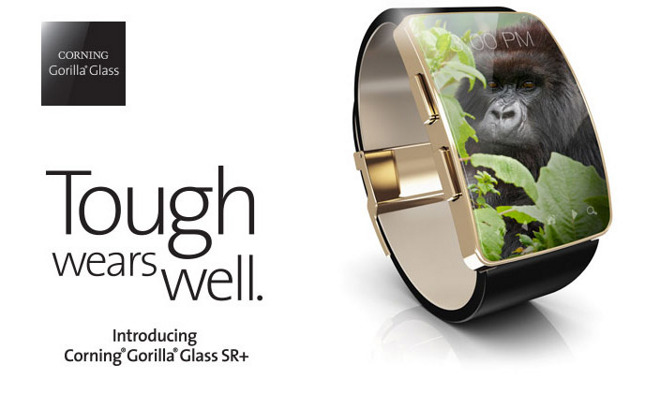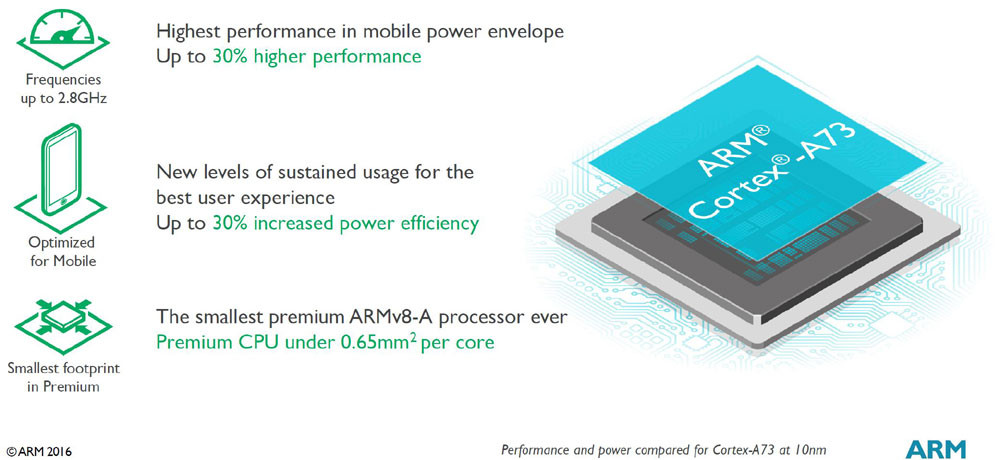
Synaptics has announced a new technology that could bring pressure-sensitive displays to Android devices. Called ClearForce, the technology resembles the 3D Touch displays Apple introduced with iPhone 6s and iPhone 6s Plus last month.
Just like 3D Touch, ClearForce lets you press a touchscreen rather than just tap it to access different functions. Variable force can be applied for different things, similar to how Apple uses a press for “peek” and a deeper press for “pop” gestures in iOS 9. (spellpundit.com)
As demonstrated in the video below, ClearForce can be used to enable scrolling, to access contextual menus, and to use certain features inside apps — like the shutter button in the camera. Synaptics also notes it could be used in games, for text and image editing, and more.
https://youtu.be/g9lcaL-UqIk
Synaptics says its ClearForce technology will be available in new phones in 2016. The company also notes that it has around 60 patents related to ClearForce, “and suggests that Apple may not want to get too upset over the similarity” between this and 3D Touch, VentureBeat reports.
“This exciting next step in human interface for smartphones will soon become the norm and highlights Synaptics’ leadership in force,” said Kevin Barber, senior vice president and general manager of the smart display division at Synaptics.
“Early adopters of ClearForce include industry leading (device makers) seeking advanced technology that drives an enhanced and more productive user experience.”
It’s unclear whether ClearForce has anything to do with Huawei’s new Mate S, which is the first Android smartphone with a pressure-sensitive display. You’ll notice a Huawei device is used in the demonstration video above, but this doesn’t really confirm anything.

















